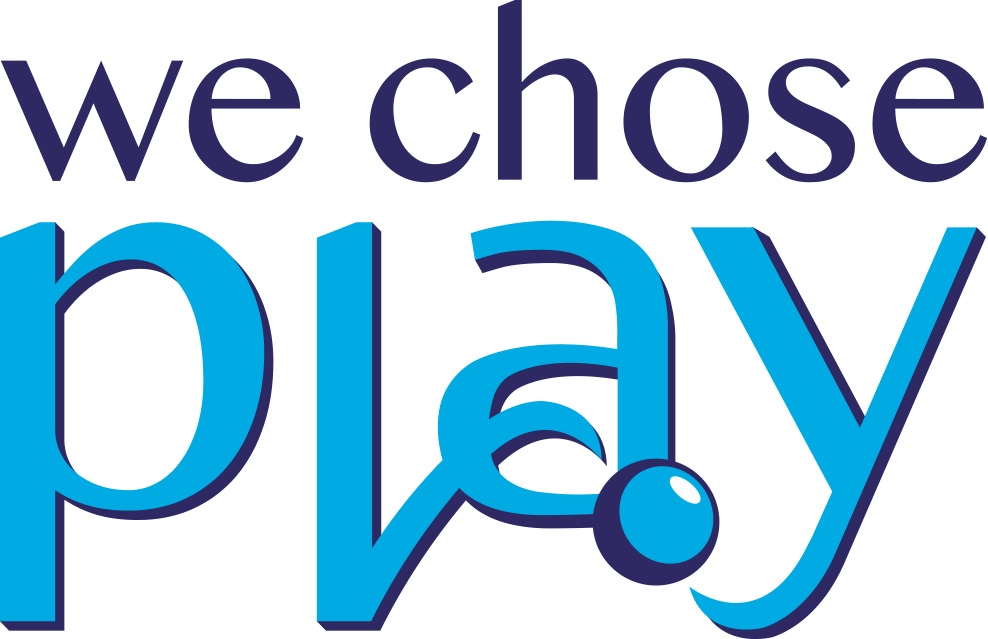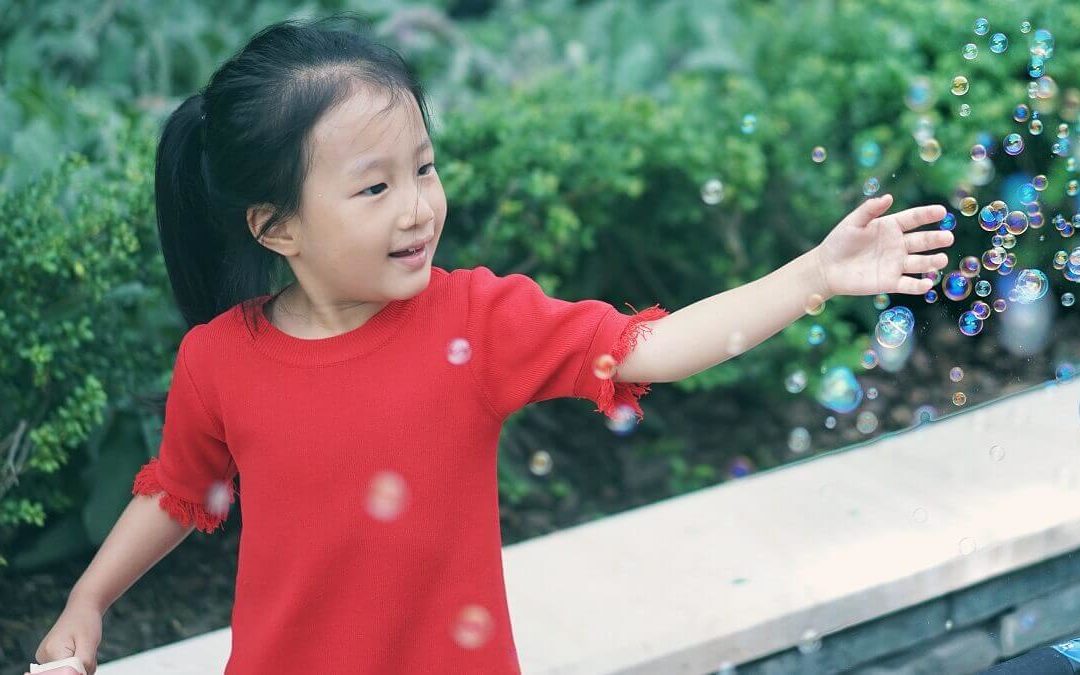The last few posts have really covered an introduction to the Developmental Approach and Floortime. You had the blog about the importance of play, the Quickstart guide, 5 games to play in Floortime, 5 great Floortime books (plus a few bonuses), and the previous post about where the focus is in a developmental approach.
Following from last time, today is about ‘intention’. In a developmental approach that is focused on development rather than on behaviour, persay (not that we aren’t concerned with behaviour, as discussed last time), we want to always be aware of what the child’s intentions are. Let’s look at how we can figure this out.
What is ‘intention’?
Intention is simply what the child wants to do or is trying to do in any given moment. It is about presuming competence in our children. Some children are able to do what they want to do, some tell us exactly what they want to do, and others may not be able to verbalize it, but can show us what they want to do. What is most frustrated is not being able to communicate what we want to do and not being able to do it without help.
Trying to express that our intention to do something only to have a caregiver, therapist, family member or teacher continue to misinterpret what we want can only cause great frustration. If another’s agenda is imposed on us repeatedly in spite of our intention to do something else, a chronic onset of anxiety and maladaptive behaviour is not unimaginable.
When not feeling understood over and over again because of struggles with communication, we can see behavioural outbursts that can be quite intense. This is why Relationship is crucial in a Developmental, Individual differences, Relationship-based (DIR) approach because when our children are with someone who knows them, it is more likely they will be and feel understood.
There is no greater feeling than that of being understood.
Does behaviour reflect intention?
Behaviour is a clue to a child’s intent. Someone in good Relationship with the child will be able to read the child’s intent based on the child’s behaviour because they know how the child responds in certain situations-even if it is socially considered ‘inappropriate’. But behaviour can also fool people who aren’t in good Relationship with our children.
For instance, some children might inappropriately laugh when uncomfortable negative events happen because they are so overwhelmed by their emotional reaction. Their intent is not that they think it’s funny and thus laugh. They simply didn’t know how to express what they were experiencing appropriately. Someone not in good Relationship with our child might take offense to the laughter and scold the child, which only exacerbates the feeling of being overwhelmed that the child is experiencing.
Being in good Relationship means that you are attuned to your child and your child’s intentions. You can almost anticipate them, but using Floortime techniques, you can appropriately challenge your child where they are developmentally to express their intentions to you. You will also know what motivates your child and how their individual differences impact how and when they attempt to communicate an intention.
Interpreting intentions
We want to figure out what an intention means when it is not clear. As in our example from above, sometimes behaviour can be ‘socially inappropriate’ when a child’s reaction isn’t matching what they are feeling and/or their actual emotion is masked because the child is so overwhelmed.
When you know a child, you can spot this and then provide support to guide the child. This could involve co-regulating with the child. You want to reflect to the child what you see that they are feeling, even if they are expressing something different.
For instance, a child whose intention is to kick peers might simply be seeking a playmate. You might say, “You really want him to come play with you!” in an empathetic voice, and then make another suggestion: “Let’s go tap him on the shoulder!“
Behaviours like kicking can be misinterpreted as aggressive and defiant when really the intention to kick actually meant something else. It is really about reading the child’s cues.
Perhaps the first time the child kicked someone, they got a big response so they are now trying to interpret what that response meant. It might take a lot of times getting that response for the child to take in the reaction.
The person kicked looked startled then angry, made extreme facial gestures and reacted with a fast, jerky body movement, made a yelping sound or said, “Ouch!” or “Hey!” and had a loud, harsh tone of voice that differed from their usual tone.
All of this is a lot to take in and interpret. Someone attuned to and in a good Relationship with the child will see that the kicking was not an aggressive intention, but one of curiosity, seeking emotional feedback, a sensory need, or an inappropriate way to engage a peer.
When intent is misunderstood, a child might be scolded, shut down and made to feel shame, shutting down confidence and increasing anxiety. When intent is understood, appropriate guidance can follow that will help the child develop with confidence.
If you found this blog post helpful or would like to share how you tune in to a child’s intentions, please Comment below and share this post on Facebook or Twitter by clicking the appropriate links below.
Until next time… here’s to affecting autism through playful interactions!



